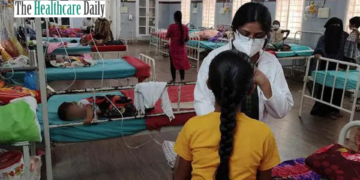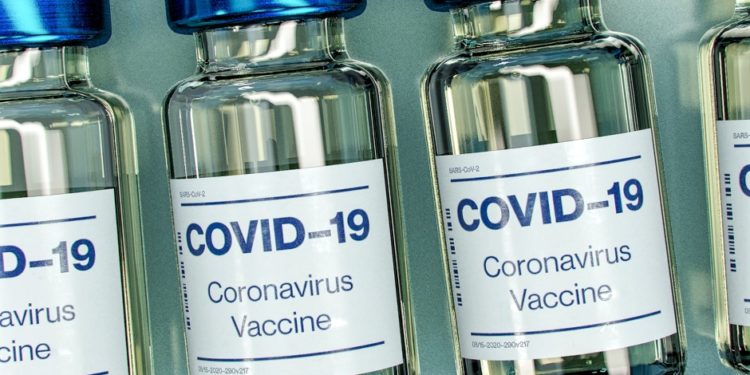THD NewsDesk, New Delhi: As India has been gripped by the second wave of the deadliest Pandemic of Covid 19 and is seeing a surge in cases each passing day to a new maximum, the Central government has announced to make the vaccines available to everyone above the age of 18. Till now people above the age of 45 were getting the medication.
But there is a catch to the new policy, in an attempt to make the vaccines liberalize, the government has transferred the responsibility of the distribution of the vaccines to the private players. Now the companies can make it at their expense, do mass scale production and set their own suitable price, the government has not set a cap. This would block the access of the vaccine to the underprivileged strata of society and only very limited people would be able to buy it at such high prices.
Health Ministry’s Press release states:
“Manufacturers would transparently make an advance declaration of the price for 50% supply that would be available to State Govts. and in open market, before 1st May 2021. Based on this price, State governments, private hospitals, industrial establishments etc would be able to procure vaccine doses from the manufacturers. Private Hospitals would have to procure their supplies of Covid-19 vaccine exclusively from the 50% supply earmarked for other than Govt. of India channel. Private Vaccination providers shall transparently declare their self-set vaccination price. The eligibility through this channel would be opened up to all adults, i.e. everyone above the age of 18.”
The government added that the Vaccine manufacturers will sell 50% of their products to the Central governments and the rest in the open market at a pre declared price. This advance declaration of the price would have to be made before May 1, 2021.
The statement added,
“The private vaccination providers would need to transparently declare their self-set vaccination price and the eligibility through this channel would be opened up to all adults, that is everyone above the age of 18.”
The Central government would distribute from the 50% of vaccine supply that they have gotten to the states by recapitulating the cases and their requirements accordingly.
At a time when all the countries were rushing to vaccinate as many people as possible in a short span of time, India relied on only two companies and hoped that they would ramp up production and the country would be saved. As of April 17, the share of population vaccinated in the United Kingdom stood at 48.2%, at 38.2% in the United States and at 18.9% in Germany – but just 7.7% in India. The country held back permissions on new vaccines like Sputnik V and now is facing a severe shortage. People are being turned away as vaccination centres are suspending their operation because of no stock availability.
Until now, the Union government has been supplying vaccines to states free of cost. The Serum Institute, which produces a vaccine named Covishield, and Bharat Biotech, which makes Covaxin, were selling their products to the Union government at subsidised prices. Excluding taxes, Covishield was sold at Rs 150 per dose while Covaxin was sold at Rs 206 per dose.
Even with the price ceiling, however, it is important to note that both the companies were earning normal profits per dose.
In the third phase of this vaccination drive, however, the deregulation of vaccine prices has raised this fear in most of the people that it would become unaffordable for the larger lot and would be efficiently available only for the limited few.
After, removing the price ceiling both the companies are looking to increase the prices which would allow them to make what they call “super profits” per dose.
According to Adar Poonawalla, chief executive of the world’s largest vaccine maker Serum Institute, the price could go to anything between Rs 1000 to Rs 2000 depending on the whole market scenario and competition with other companies.
This statement of the government has not been received in the positive light by the citizens and have also been subject to criticism from all the strata of society. Though a larger amount of population is the set target, it is an important question to ask that how much percentage of it would actually be able to afford it?






















